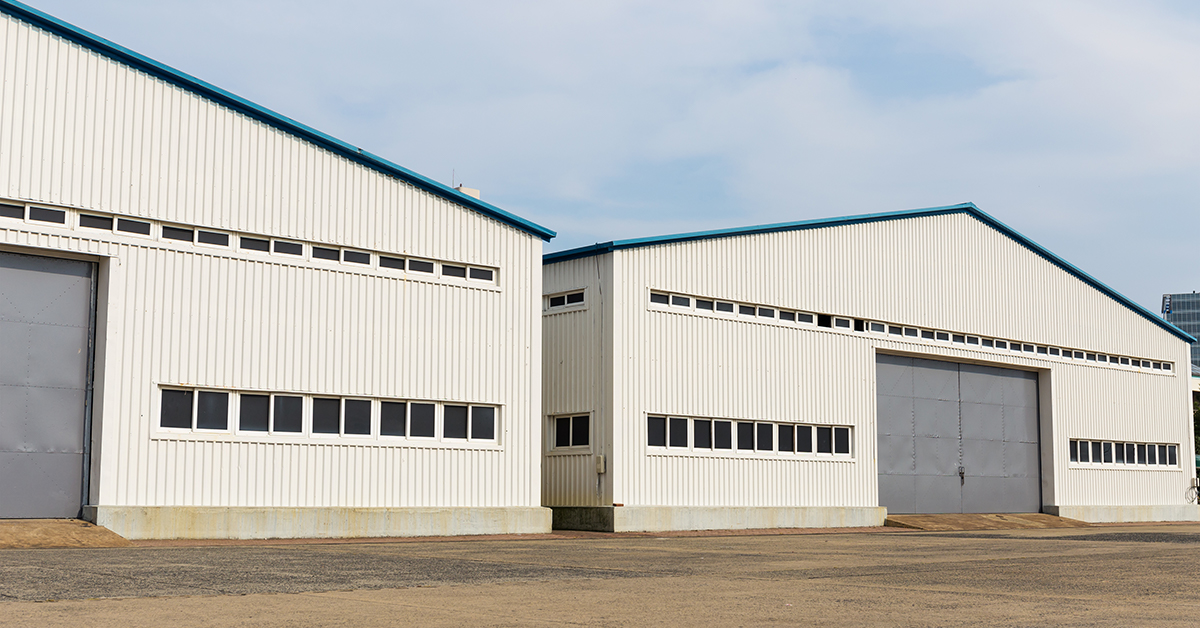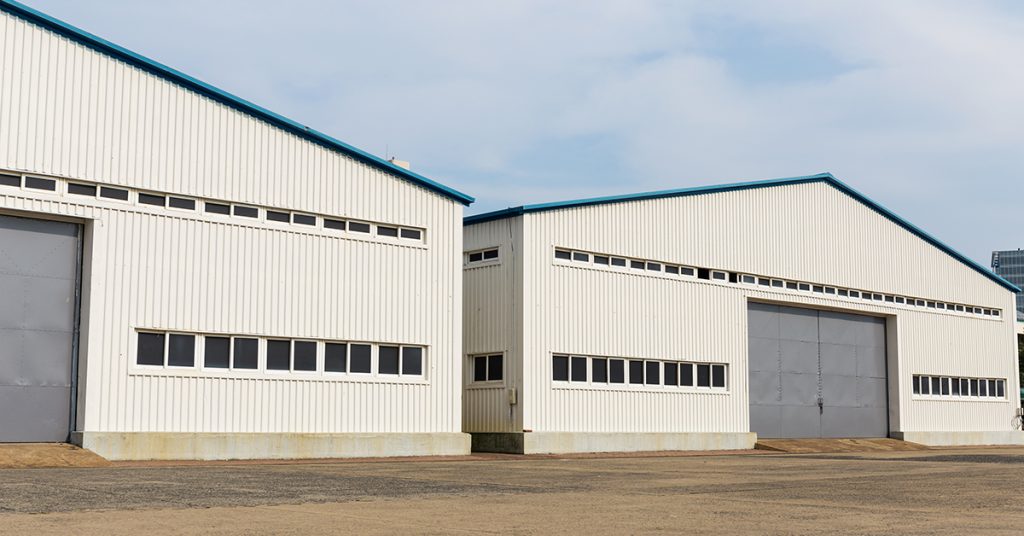
Warehouses have been used for millennia. As long as merchants and manufacturers have needed to store merchandise or supplies, warehouses have served that purpose. Of course, today’s designs have evolved a great deal. You have access to many different types of warehouses, warehouse infrastructure, and warehouse technology with different types of warehouse construction. In this guide, we’ll explore your options.
MBC Management offers full Turnkey Construction for all your warehouse needs.
The Evolution of Warehouse Design
Once upon a time, warehouses were little more than glorified storehouses – large, open spaces with two or three levels to help maximize the use of interior space. Over time, warehouse construction evolved to help create spaces better suited for specific usage requirements and industries.
Breaking Down Different Types of Warehouses
With the wide range of options, it’s important to understand the different types of warehouses and what each is designed to do. Then, you can choose from the best warehouse designs to suit your business’s specific requirements.
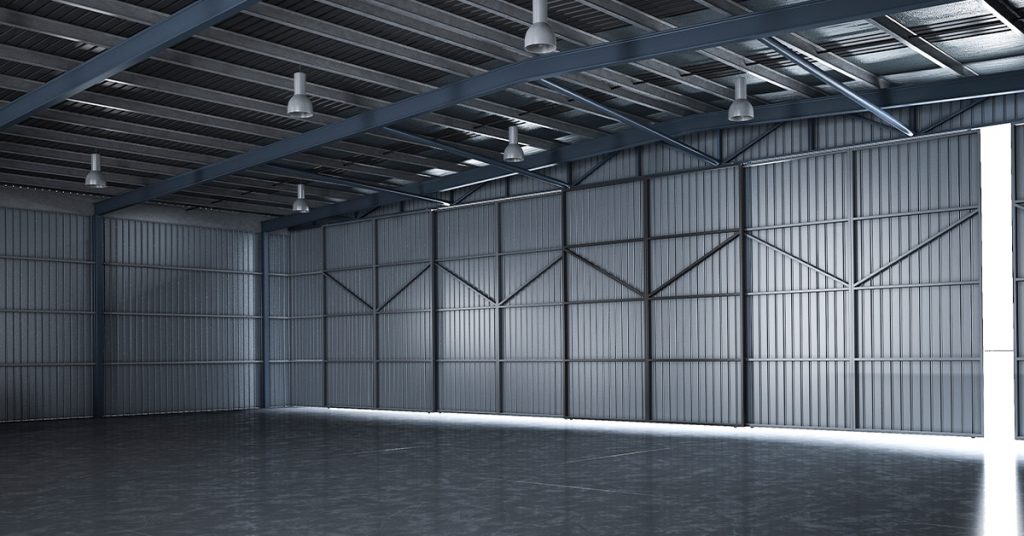
Traditional Storage Warehouse
Traditional storage warehouses are precisely what they sound like – dedicated storage spaces. They can be used by retailers, manufacturers, wholesalers, and others. They usually don’t provide any specialized equipment, and they’re not usually heated or cooled, although exhaust fans may help to control heat during summer.
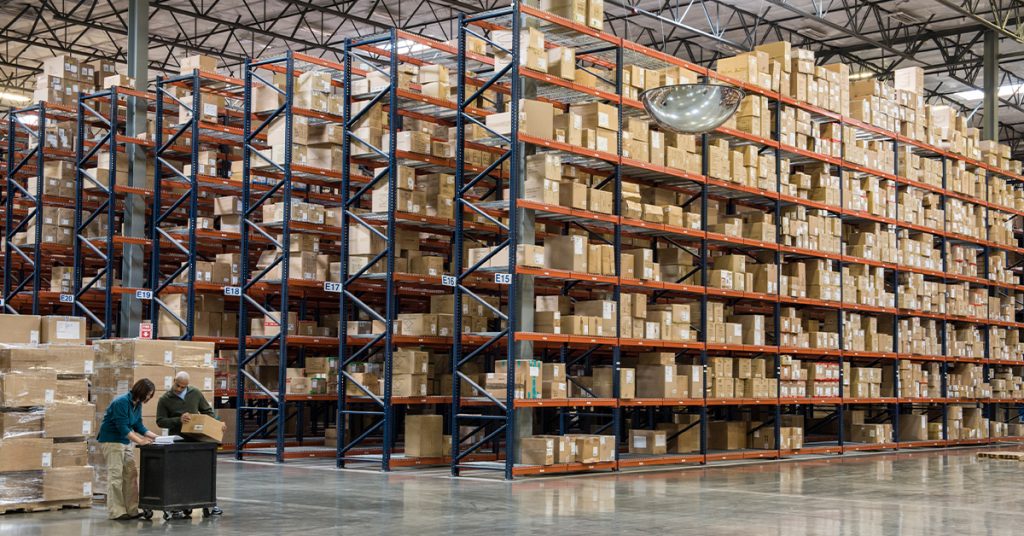
Distribution Centers
Distribution centers are designed to handle vast volumes of product, usually on pallets. These spaces prioritize organization and ease of access, ensuring that inbound and outbound shipments can be moved with relative ease.
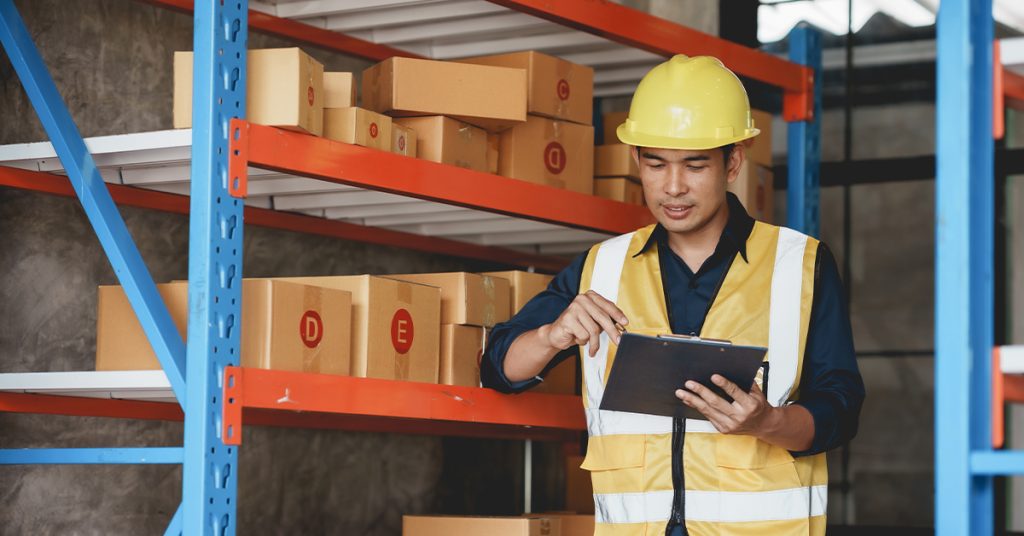
Retail Warehouses
Retail warehouses are designed to serve brick-and-mortar stores as well as e-commerce stores. Generally, merchandise is stored in these facilities until it is either shipped to a physical store for sale to consumers or sold online and shipped directly to the customer.
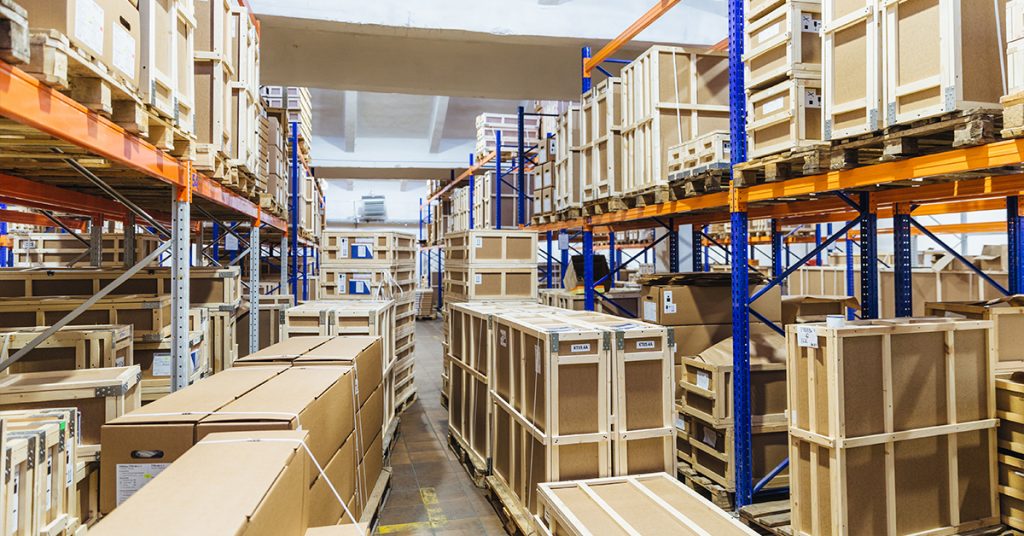
Refrigerated and Climate-Controlled Warehouses
Some goods require strict temperature controls during shipping and storage. Perishable foods, sensitive electronics, and temperature-sensitive goods like leather furniture and cosmetics all require this type of storage. These facilities can be refrigerated and maintained at low temperatures, or they can be climate-controlled, in which a moderate temperature and humidity level are maintained.
Automated Warehouses
More and more businesses are turning to automated warehouses. These facilities feature computerized pick-and-pack systems, sorting technology, and conveyor systems that move goods in and out of storage.
Factors Influencing Warehouse Construction
In addition to modern warehouse construction techniques, it’s important to ensure that you build to suit your company’s needs in terms of technology, location, cost-effectiveness, and sustainability.
Technology
What level of technology do you require in a warehouse? Do you need basic functionality, or are you interested in an automated warehouse complete with autonomous systems? This will dictate cost-related factors, construction time, design complexity, and more.
Location
Warehouse location is a critical consideration, but that will vary with different types of warehouses and usage needs. A distribution center warehouse won’t have the same location-related considerations as a retail warehouse, which won’t have the same considerations as a food service warehouse. Ask yourself – do I need a centrally-located warehouse? Does it need to be near a retail location? Will the warehouse store goods for last-mile delivery, or will it support other logistics-related needs?
Cost-Effectiveness and Sustainability
All warehouse construction must balance cost-effectiveness and sustainability. Some of the factors to consider here include size versus cost per square foot (particularly important if you’re building a climate-controlled or refrigerated facility or an automated warehouse), the level of technology baked into the warehouse design, and the purpose of the warehouse.
Top Brands Leading Warehouse Innovation
DHL and Amazon are two brands leading the charge when it comes to warehouse design and innovation. Both brands have invested heavily in technology, creating automated warehouses designed for very different needs. However, both must balance the needs of human workers within those automated spaces. DHL maintains both regional logistics centers and forward stocking locations, while Amazon focuses on building large regional hubs connected by transport lines.
Conclusion
When it comes to warehouse construction and design, there is no one-size-fits-all solution. Each business requires the right warehouse infrastructure and technology to protect goods stored in the facility, ensure accurate inventory management, and support supply chain operations. From retail to food service, e-commerce to distribution centers, there’s a customized solution designed to fit your unique needs. Let MBC Management help guide your next project with our Project Development service.


